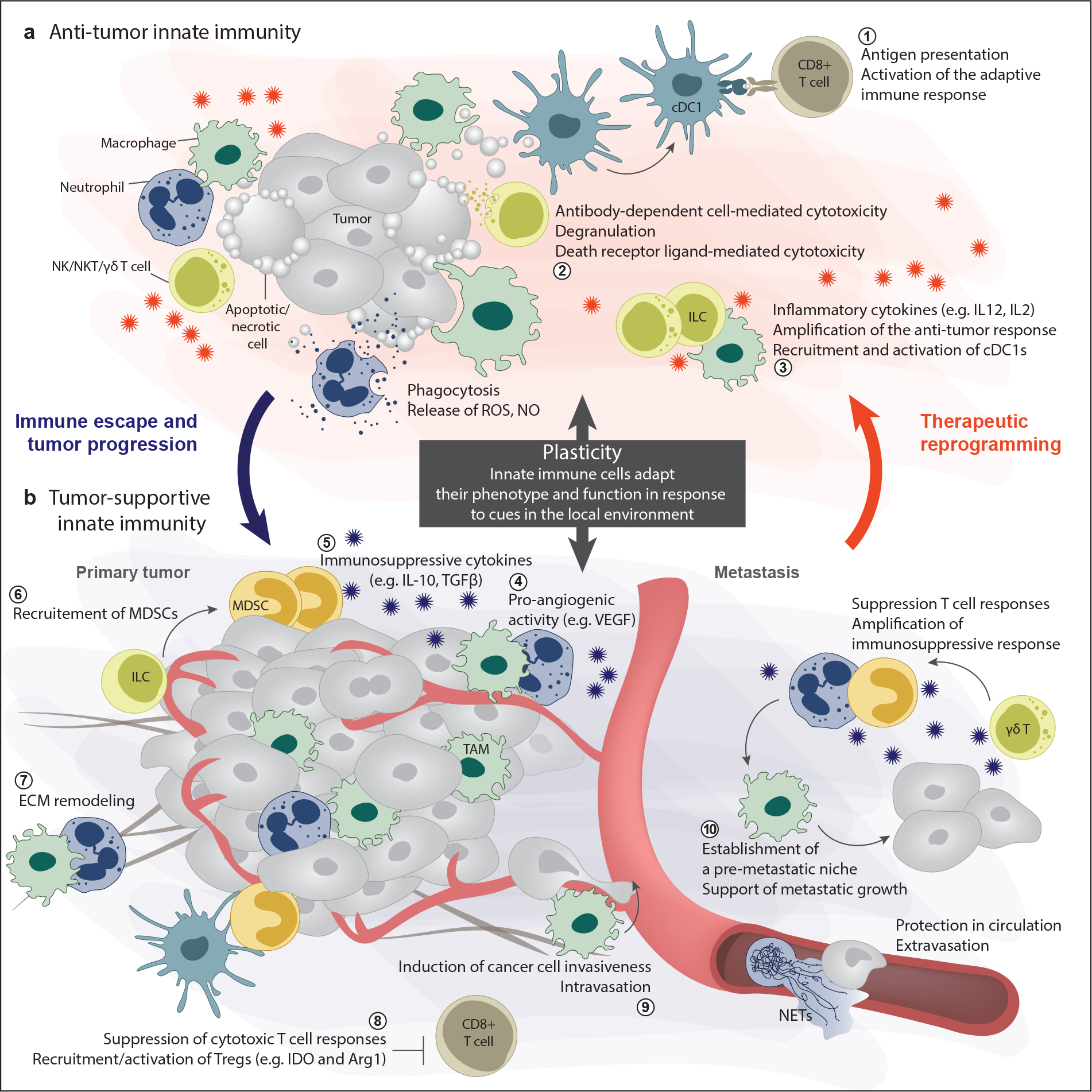Fig. 1. Plasticity of the innate immune system.

The components of the innate immune system are not inherently tumor-supportive or tumor-opposing. Rather, cells of the innate immune system are highly plastic and their phenotype and activity depend on the balance of signals within the tumor. (a) The anti-tumorigenic functions of the innate immune system include 1) antigen presentation and activation of the adaptive response, 2) direct killing of cancer cells, and 3) amplification of the anti-tumor immune response through cytokine secretion. (b) During tumor progression signals from tumor cells and other cells in the microenvironment can polarize innate immune cells towards supporting the tumor, e.g., through 4) angiogenesis, 7) ECM remodeling, 5, 6, 8) immunosuppression, and 9, 10) pro-metastatic activities. Thus, because of plasticity, the innate immune system has tumor-promoting potential. However, plasticity also affords us the opportunity to therapeutically reprogram the innate immune system to fight the tumor.
Abbreviations: DC, dendritic cell; ECM, extracellular matrix; IDO, indoleamine 2,3-dioxygenase; IL, interleukin; ILC, innate lymphoid cell; MDSC, myeloid-derived suppressor cell; NET, neutrophil extracellular trap; NK, natural killer; NKT, natural killer T; NO, nitric oxide; ROS, reactive oxygen species; TAM, tumor-associated macrophage; TGF, transforming growth factor; VEGF, vascular endothelial growth factor.
